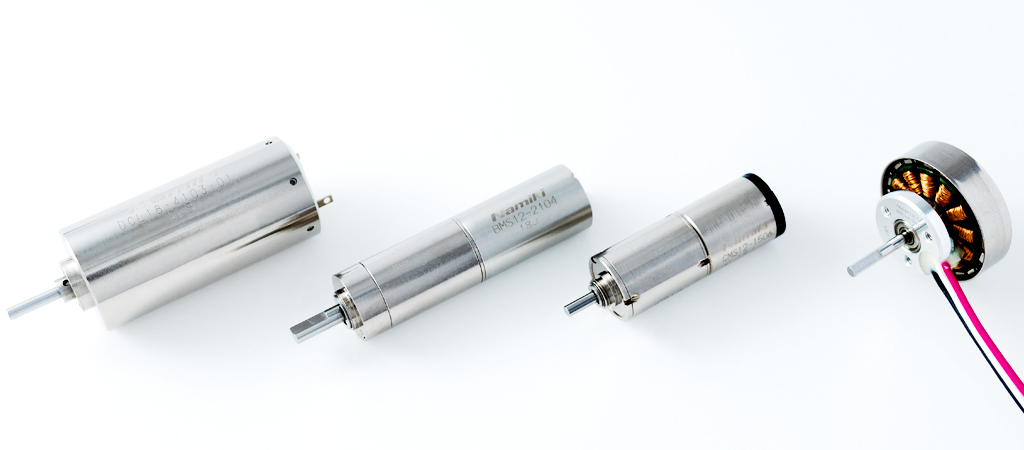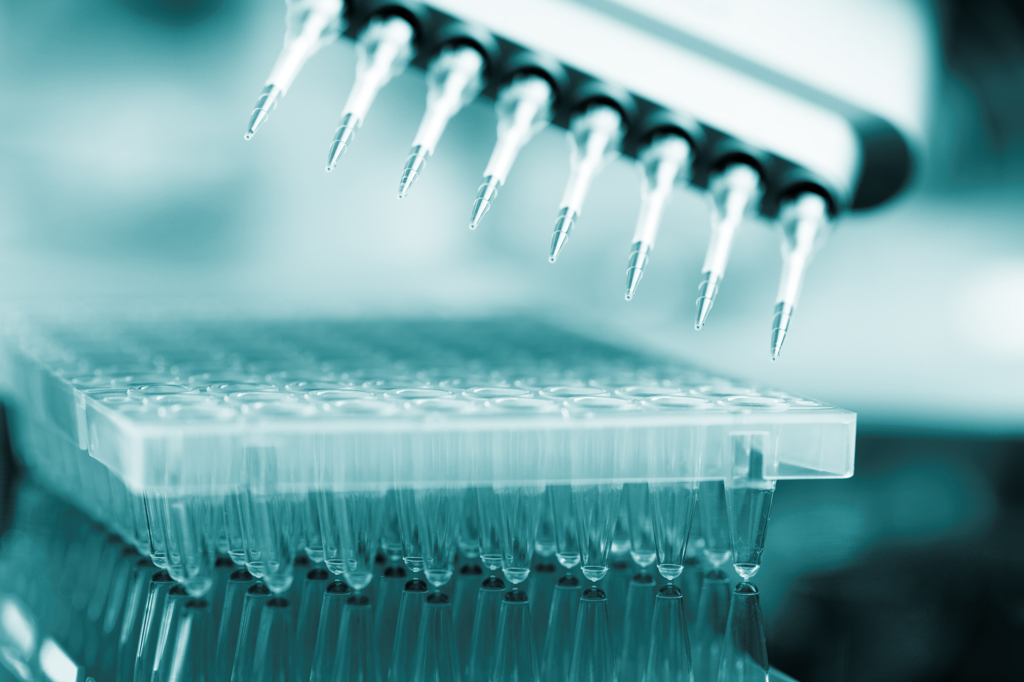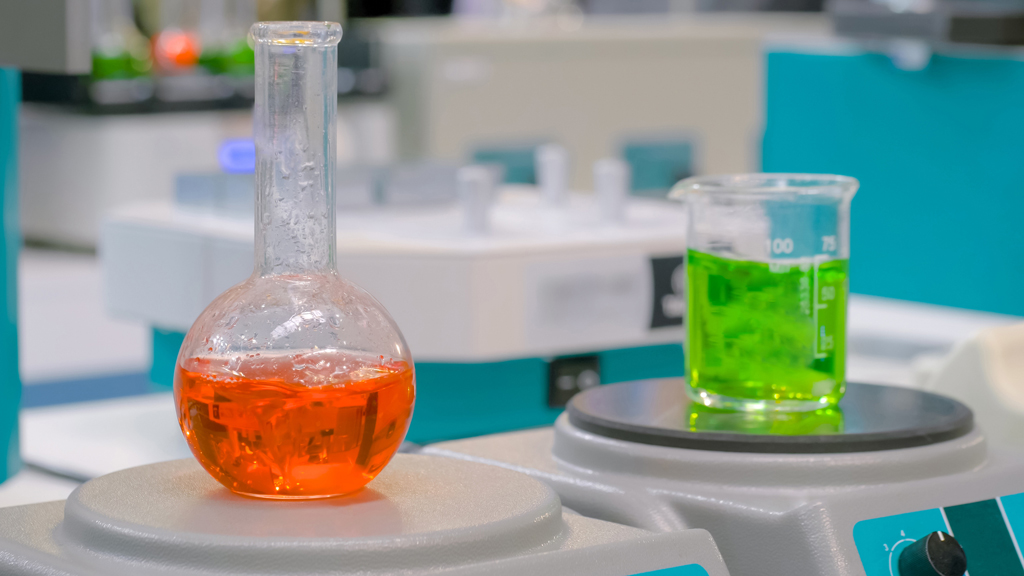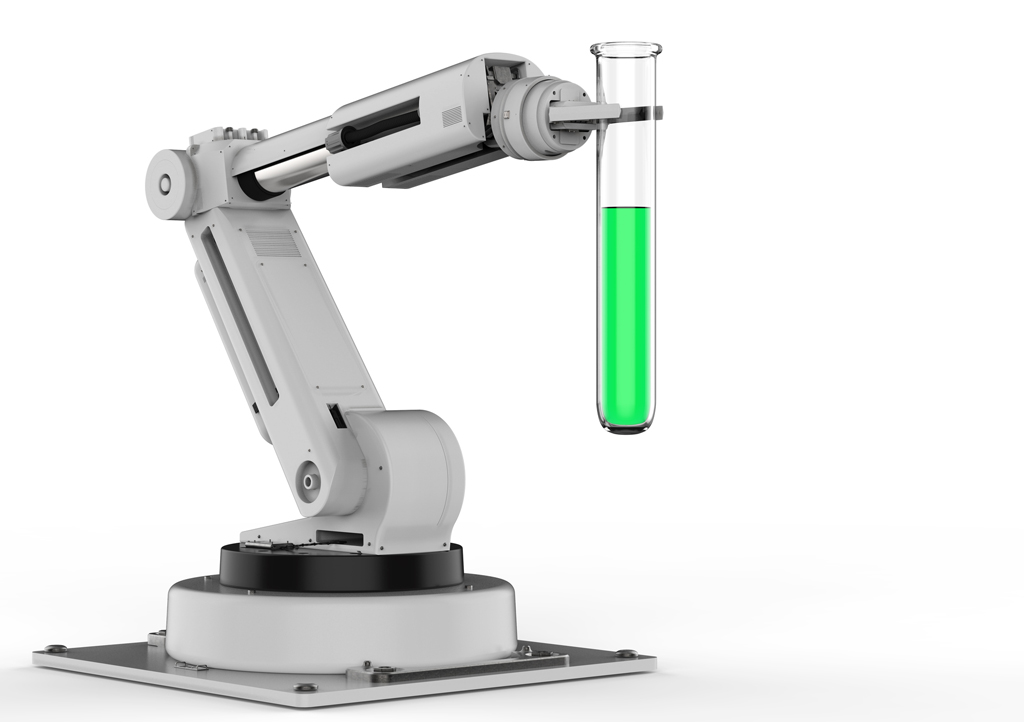Micromotors that Drive Innovation in Laboratories

【Introduction】
Advances in science and technology help improve the performance of laboratory equipment. Micromotors play crucial roles in many instruments and analytical devices.
Micromotors, which typically range from just a few millimeters to a few centimeters in diameter, are vital components in a wide variety of laboratory devices. They must provide compact power solutions and meet precise operational demands.
This article will explore the applications and advantages of micromotors, using examples from commonly used laboratory equipment.
Table of contents [close]
Types of micromotors and advantages of each

Micromotors are widely used in laboratory equipment because they precisely control movements, save benchtop space, and have low power consumption.
Types of micromotors
Micromotors are categorized into different types based on their operating principles and structures. The best type of motor can be selected for each application, ensuring optimal performance. Some common types of micromotors used in laboratory instruments are listed below.
| DC Motor | General-purpose motor. Converts electrical energy into rotational motion. Simple structure and low cost make it suitable for a wide range of applications. |
| Stepper Motor | Rotates a specific amount of degrees in response to a pulse signal. This makes it ideal for applications requiring precise positioning and speed control. |
| Piezoelectric Motor | Operates based on the piezoelectric effect. Not only small and lightweight but also capable of generating minute displacements, making it ideal for applications requiring extremely high precision. |
| Ultrasonic Motor | Uses ultrasonic vibrations to produce rotational motion. Exceptionally quiet, provides precise control, and does not emit electromagnetic waves. |
As you can see, micromotors offer diverse functions based on their unique features, allowing them to be used in a wide range of applications.
Advantages of micromotors
With their compact size and light weight, micromotors can be easily installed in confined spaces while also maintaining energy efficiency due to their low power consumption.
With advancements in technology, these motors now deliver higher output and improved efficiency despite their small size. They also operate quietly, ensuring a comfortable working environment, and provide stable performance over extended periods of use.
Micromotors in multichannel pipettes

Micromotors are used in multichannel pipettes, which dispense multiple test samples simultaneously. In this section, we will explore specific roles micromotors play in these devices and discuss why they are particularly suited for this application.
Role of micromotors in multichannel pipettes
In multichannel pipettes, the micromotor helps to raise and lower the pipette tip attachment. This allows precise liquid volume control and synchronized operation across multiple channels.
Why micromotors are used in multichannel pipettes
The use of micromotors in multichannel pipettes offers several key advantages, particularly in enhancing accuracy and reproducibility.
One major benefit is improved operability. Motorization reduces the amount of physical force needed. This minimizes worker fatigue and allows for smoother, more efficient operation over extended periods of work.
Precise control is another key advantage. Micromotors significantly increase dispensing accuracy compared to manual methods. This ensures that anyone using the pipette can work under the same conditions, which leads to greater consistency and reproducibility in experimental results.
Additionally, advanced pipette models equipped with micromotors allow for detailed adjustments to dispensing volume and speed, making them adaptable to a wide range of experimental requirements.
Micromotors in agitators

Agitators are devices used to mix and stir liquids in the laboratory. In this section, we will explore how micromotors are used in agitators.
Role of micromotors in agitators
Micromotors are used to rotate the stirring bar of agitators. Rotational speed and torque can be controlled with a dial to achieve the desired stirring rate.
Why micromotors are used in agitators
With a micromotor, the agitator can be made smaller and lighter, reducing the device’s footprint and making more efficient use of laboratory benchtop space. Additionally, if the motor operates quietly, it helps lower noise levels, contributing to a more peaceful working environment.
Micromotors in robot hands

Role of micromotors in robot hands
A robot hand is a device that mimics human hand movements. Micromotors are used to control the movement of the finger joints, allowing the robot hand to grasp and manipulate a wide range of objects with precision.
Why micromotors are used in robot hands
The precise, human-like movements required for a robot hand are made possible by installing a micromotor at each joint.
As robot hands become more complex with multiple fingers and joints, the torque requirements increase. This is why small, lightweight motors with high torque are gaining attention. By utilizing compact, high-output motors, the robot hand’s performance is enhanced, making it capable of handling heavier objects and more demanding tasks.
Other applications for micromotors in the laboratory

In addition to the equipment mentioned above, micromotors play an important role in many other laboratory devices. Here are a few more examples of their applications:
Centrifuge
A centrifuge is a device that separates components in a sample by spinning them rapidly. Micromotors are used for driving the rotor. Centrifuges spin very fast and require compact yet high-output motors.
Micromotors are capable of smooth acceleration and deceleration, precisely controlling rotation speeds for optimal separation while minimizing the impact on the samples. They also enhance safety by enabling balance control, detecting imbalances during rotation, and automatically stopping the centrifuge when necessary.
Additionally, in models requiring temperature regulation, micromotors can be used to drive fans, maintaining a stable environment for temperature-sensitive samples.
Automatic dispensing devices
An automatic dispensing device is used to dispense precise amounts of liquid with minimal manual work. By utilizing a high-performance micromotor, the syringe’s movement is controlled with great accuracy, ensuring precise sample loading and dispensing.
The device also handles X, Y, and Z axis movements to position the dispensing head with precision. Additionally, the device automates the replacement of syringe tips, manages liquid flow path switching through valve control, and mixes samples when necessary. These features streamline laboratory processes and ensure consistency in experiments or production environments.
Microscope stage control
When using powerful microscopes, precise adjustment of the specimen position is essential. High-precision positioning is required to achieve the fine adjustments needed for accurate sample observation. Micromotors are used to move the stage for this purpose.
Motors on the stage are used to move the specimen along the X and Y axes to change the observation position, while those on the objective lens or stage are moved vertically along the Z axis to adjust focus. After the position is set, the microscope can automatically scan a wide area of the specimen to capture images. Furthermore, the amount of light can be adjusted automatically using motorized aperture control, ensuring optimal lighting for clear observation.
All of this can be done precisely and consistently with micromotors.
Outlook for micromotor technology

Micromotors are expected to become even more compact and efficient in the coming years. They will likely become vital beyond laboratories, enhancing the performance and capabilities in other applications such as industrial and medical equipment.
Continued miniaturization and improved efficiency
Advances in materials and manufacturing techniques are paving the way for motors that are both smaller and more powerful.
Nanotechnology is contributing to the creation of motors with even finer structures, while improved heat dissipation methods are enabling further miniaturization and higher power output.
Innovative manufacturing techniques, such as 3D printing, are now allowing for the production of motors with complex designs. Additionally, research is underway to minimize friction, which will further enhance motor efficiency and longevity.
Integration with IoT
The integration of micromotors with IoT technology, which connects common appliances and devices to the Internet, is expected to enable more advanced control and functionality. Incorporating sensors and communication technologies will make real-time monitoring and remote operation of micromotors possible.
Analyzing data gathered during usage allows for predictive maintenance by identifying potential issues before they cause failures. This proactive approach ensures timely maintenance and reduces downtime. Additionally, a deeper analysis of the operating environment and load conditions will make it possible to set up automatic adjustment of motor parameters for optimal performance.
IoT integration makes it possible to manage multiple micromotors more efficiently, reducing energy consumption, cutting costs, and benefiting the environment. In the future, integrating virtual models for equipment will also streamline upgrades, ensuring smoother transitions and improving operational performance.
Summary
This article discussed the use of micromotors in laboratory settings. Beyond their small size and lightweight design, micromotors come in various types, each with unique characteristics such as quiet operation, precision, and space efficiency, making them ideal for a wide range of laboratory equipment and devices.
As the technology continues to evolve, micromotors are expected to become even smaller and more efficient. Advancements in data integration through IoT technology will also expand their applications.
For more information on Orbray’s range of micromotors and super micro motors, please visit the following pages:
Small Motor
Micro Motor


